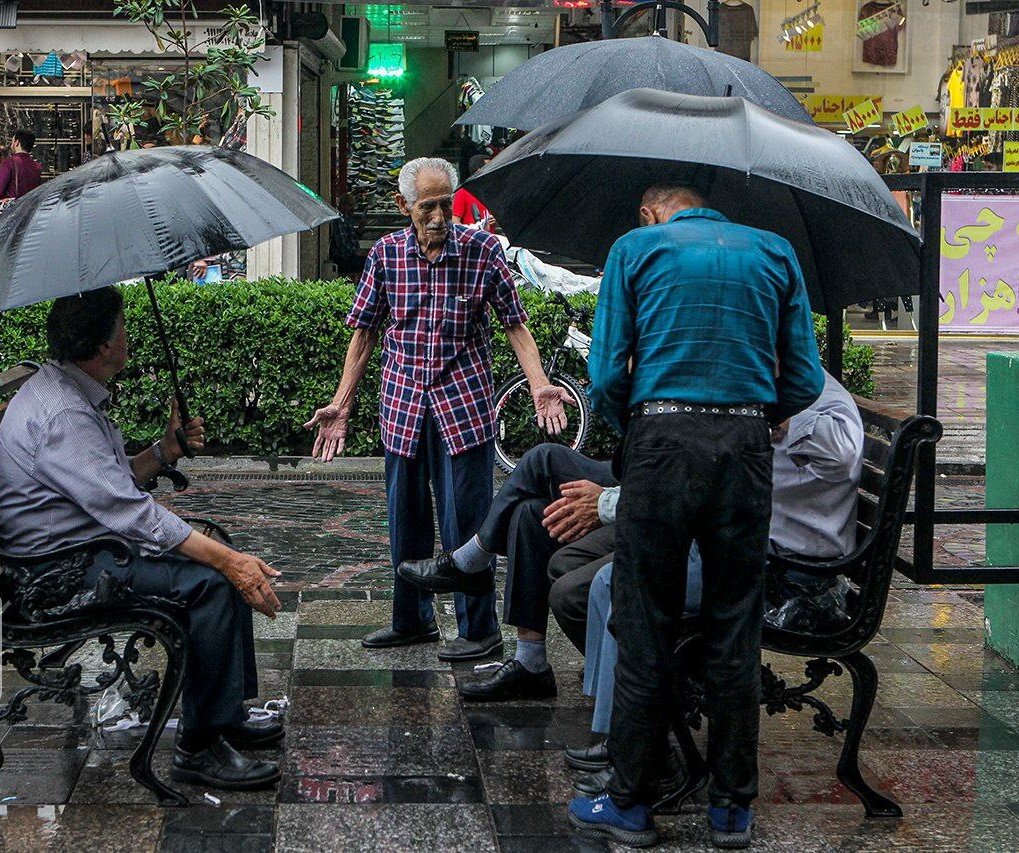Welfare Organization develops plan to improve elderly’s quality of life

TEHRAN – The Welfare Organization is planning to implement a forty-day training program for old people to improve their quality of life.
The program will include 240 different educational subjects such as health, life skills, arts, communication skills, digital and entrepreneurship, music, sports, games, and other leisure activities, IRNA quoted Ahmad Delbari, an official with the Welfare Organization, as saying.
It will be implemented as a pilot program in Tehran. Each individual will register to participate in the program for forty days within the three-month duration, he said.
Participants will be divided into two groups to attend the sessions either on odd or even days, with educational programs provided daily in two different parts. The first 15 minutes will be dedicated to physical workout, the next 45 minutes will focus on specialized training, and 90 minutes will be allocated to recreational programs. During the educational courses, each person will receive detailed pieces of training that are essential for self-care and improving their quality of life, the official noted.
Some short-term educational programs will be accessible through particular websites introduced by centers, Delbari added.
Iran’s transition into an aging country ‘inevitable’
Considering the fact that the fertility rate in Iran is stabilized at around 1.6 children per woman, which is much lower than the rate required to replace its aging population, the transition of society from young to middle-aged has become inevitable.
According to the first five-year national development plan (1989-1993), the policies focused on lowering the total fertility rate from 6.4 children in the Iranian year 1365 (1986) to 4 children in 1390 (2011) and reducing the population growth rate from 3.2 to 2.3 percent in the same period, IRNA quoted Mohammad-Javad Mahmoudi, an official with the National Institute for Population Research, as saying.
However, the measures taken back then led to a wide transformation and change in population indicators and a noticeable decrease in population growth and fertility rate far beyond the set goals of the first development plan in the country, the official noted.
The results of the census in 2011 and 2016 showed that the trend of the country’s demographic changes had a significant deviation from the goals of the first five-year development plan, the official noted.
The population growth in 2011 and 2016 was announced to be 1.29 and 1.24, respectively. The figure reached 0.7 in the past Iranian year (March 2023 –March 2024).
According to the latest census, the number of aged citizens in the country is growing by 3.62 percent, which is five times faster than the total population growth rate, which is 1.24 percent.
In the Iranian year 1385 (2006-2007), there were 5,121,043 men and women aged above 60. In 2015, 10 percent of the country’s population was older than 60, ISNA quoted Mohammad-Javad Mahmoudi, an official with the National Institute for Population Research.
In the next 30 years, the population aged 60 years or older is projected to hold a 32 percent share of the whole population; that is, the elderly will account for one-third of Iran’s population by 2050, the official noted.
Currently, men and women aged above 60 constitute some 11.5 percent of Iran’s population, an official with the health ministry has said.
For the time being, elderly women account for 52.3 percent of the total population, outnumbering men (47.7 percent), ISNA quoted Saber Jabbari as saying.
MT/MG
